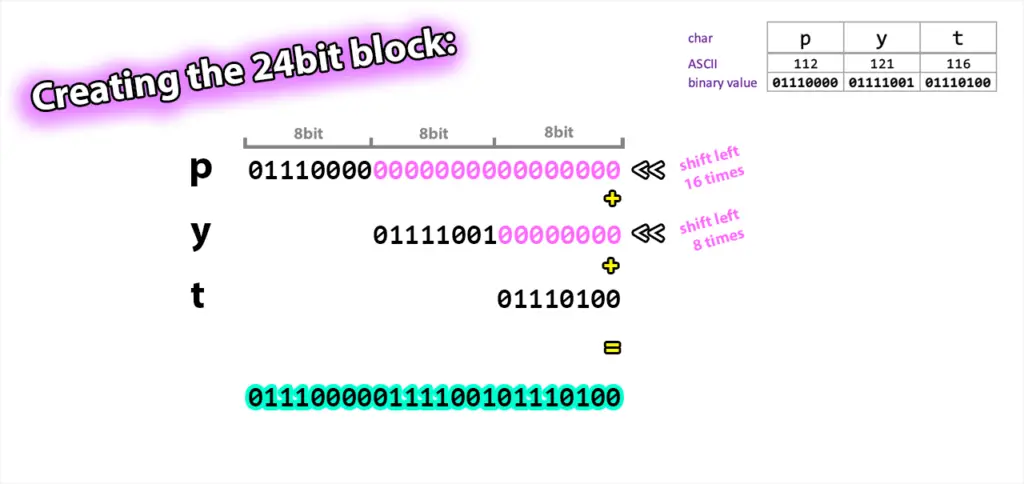

Then, we will convert the grouped data into their decimal values(that is, base 10).Now, we have to regroup the digits from the second step into cohorts of 6 since each character in the base64 system represents 6bits of data.Next, we have to calculate the 8 bit binary value for the above mentioned ASCII values.First and foremost, we need to find the corresponding ASCII value of the original characters of the text.We can easily transform data into the base64 system in the following manner: All of the 26 lowercase alphabets in English.All of the 26 uppercase alphabets in English.The “+” and “/” symbols for new lines in the text or binary data.The characters in are supported in the base64 system are: Each character in the base64 system represents 6 bits of data. The base64 system is a form of encoding in which bytes contain text or data into ASCII characters.
#Decode base64 python how to
Similar: How to Write an Encryption Program in Python? Understanding the Base64 System Can result in obscuring the meaning of data.Some of the disadvantages of the encode/decode process are: Prevents corruption of text only processed data.

#Decode base64 python software
It hides sensitive information so that attackers and malicious software can’t retrieve it.It speeds up the data entry process in computer systems.The advantages of encoding/decoding data are: Data can be encrypted in python using the encode() method. By default, python uses “utf-8” encoding. In python, the most popular methods of encoding data is in the “utf-8” or the “ascii” format. Logic gates such as the “OR” gate can be used to demonstrate the process of encoding and decoding information. In computer networks, encoders and decoders are heavily used when transferring data from one system to another. It is the mechanism in which a set of characters are translated into a comprehensible form for the receiver. In the decode section of the communication system, the message is to be interpreted. To create it, the sender must be aware of sets of rules that are to be followed for the data to be comprehensible to the receiver. It is a sequence of codes with hidden meanings. The encoding of a message is how a piece of information is produced. The encoding/decoding model of communication was developed by Stuart Hall in 1973, which provided a theoretical approach to how media messages were produced, disseminated and interpreted. brief history of the encoding/decoding model One such example is the use of Morse Code.Įncoding and decoding text is also used in natural language processing(NLP) to train neural networks. Besides computer systems, encoding and decoding information has existed in real world communications. These are referred to as the different methods of encoding/decoding such as Unicode encoding, Base64 encoding, ASCII encoding, hex encoding etc. There are a set of rules that one must follow for encoding and decoding information. Similarly, decoding refers to the process of transforming the specialized format of characters into its original format. But sometimes while writing code, we have to know how to decode sensitive information for producing the proper output.Įncoding refers to the process of converting information into a set of specialized characters for transmission via computer systems. To keep our data safe and secure, encoding vulnerable information such as credentials, and API keys is the way to go.


 0 kommentar(er)
0 kommentar(er)
